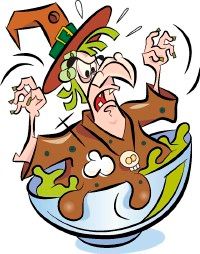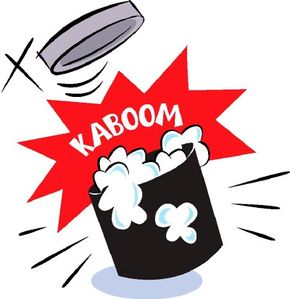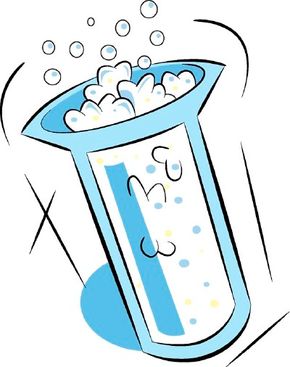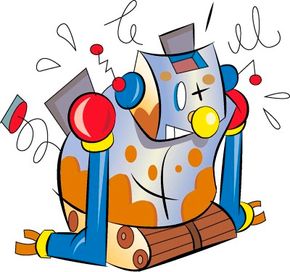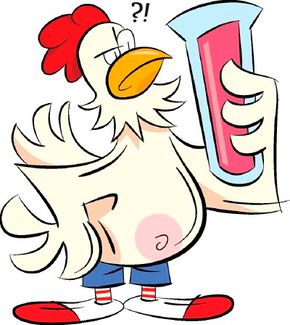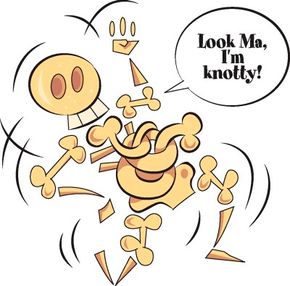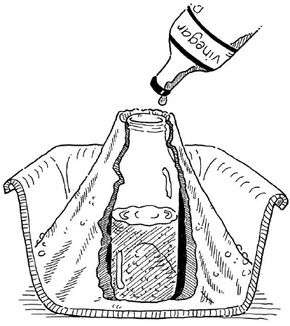With these science projects for kids: chemical reactions, your children can learn that, simply put, chemical reactions happen when one substance is turned into another. Whether the color changes, the shape, the flexibility, or even an explosion occurs, these are all types of chemical reactions.
The best part is that there's a project here for everyone. If your kids are interested in creating a bubbly mess, there's a project here for that. If your children enjoy leaving others in wonderment as to how they bent chicken bones, you can find it here. Or if they simply enjoy watching colors change before their eyes, they can do that, too. There are plenty of science projects for kids that involve chemical reactions.
Advertisement
Keep reading to learn how to make science projects for kids: chemical reactions.
Help your kids melt a foam witch into a jar of acetate and sculpt be-witching masterpieces with the sticky goo.
Your children can find out what happens when baking soda and vinegar are placed in a plastic film container.
By simply pouring vinegar on rocks, your kids can find out if the rocks contain calcium carbonate.
Have your children gross out their friends while discovering that carbon dioxide gas can make heavy objects float.
The Battle of Liver and Potato
Find out if a piece of liver or a potato produces more bubbles when placed in hydrogen peroxide.
Help your children create a bubbly concoction when they add vinegar, baking soda, and powdered laundry detergent.
After boiling the cabbage, your kids can experiment on ways to turn the cabbage red and then green.
Your children can discover through chromatography (separating chemicals' components) that black ink doesn't just contain one color.
Have your kids find out what happens when oxygen and water are added to steel wool.
Before an audience, your kids can magically transform red grape juice into green juice.
Your kids can discover what ingredient is needed to help oil and vinegar stay mixed together.
Watch your kids amaze their friends with rubbery chicken bones they can tie in a knot.
Your children can construct their own volcano made from simple household items.
Keep reading to learn how kids can melt a witch in acetone, and then mold the sticky remains.
For more super science projects for kids, check out:
Advertisement

